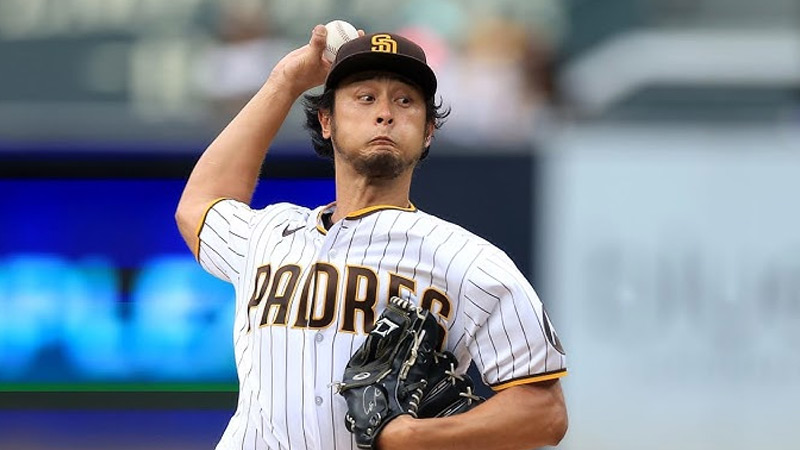The game of baseball is defined by its unique rules and traditions. One such rule that has endured for over a century is the requirement for pitchers to throw four balls to a batter before the batter is awarded first base.
This rule may seem arbitrary to those new to the sport, but its origins and significance run deep in the history and strategy of baseball.
In this blog post, we will delve into the historical context, strategic implications, and the vital role the “four-ball” rule plays in the game.
We’ll explore why it is four balls and not some other number, the fairness it brings to the competition, and how it adds layers of complexity and excitement to America’s favorite pastime.
Join us in unraveling the mystery behind this iconic rule that has shaped baseball into the game we know and love today.
The Basics of Baseball Pitching
Baseball pitching is a fundamental aspect of the game that involves a pitcher throwing the baseball to a batter with the goal of getting the batter out or preventing them from hitting the ball effectively.
Here are the basics of baseball pitching:
Pitcher’s Mound
Pitchers stand on a raised pitcher’s mound, which is typically 60 feet, 6 inches (18.4 meters) away from home plate in Major League Baseball (MLB). The distance may vary in different levels of play.
Pitching Positions
There are several different pitching positions, each with its own style and technique. The most common types of pitches include:
- a. Fastball: A straight pitch with high velocity.
- b. Curveball: A breaking ball that curves as it approaches the batter.
- c. Slider: A pitch that breaks horizontally and is harder than a curveball.
- d. Changeup: A slower pitch designed to deceive the batter with a change in speed.
- e. Knuckleball: A slow, unpredictable pitch with little to no spin.
- f. Split-finger fastball: A pitch that drops sharply as it reaches the plate.
Wind-Up and Stretch
Pitchers have two primary delivery methods: wind-up and stretch. In the wind-up, the pitcher starts with both feet on the rubber and goes through a series of motions before releasing the pitch.
In the stretch, the pitcher simplifies their motion to be more efficient when there are runners on base.
Gripping the Ball
The grip on the baseball is crucial for controlling and generating different types of movement on the pitch. The grip varies depending on the type of pitch being thrown.
Mechanics
Proper pitching mechanics are essential for accuracy, velocity, and injury prevention. Pitchers go through a series of movements, such as the leg lift, stride, arm action, and follow-through, to deliver the ball effectively.
Strike Zone
The strike zone is the area over the home plate where a pitch is considered a strike. It is typically from the batter’s armpits to the top of their knees. Strikes are determined by the home plate umpire.
Pitch Count
Keeping track of the number of pitches thrown is vital to a pitcher’s health and effectiveness. High pitch counts can lead to fatigue and increased risk of injury.
Defensive Responsibilities
After pitching the ball, the pitcher must quickly become a fielder. They may have to cover first base on a ground ball or back up bases on throws from other fielders.
Strategy
Pitching involves strategic decision-making. Pitchers and catchers work together to select pitches, change location, and try to outsmart the batter.
Mental Toughness
Pitching can be mentally challenging. Maintaining focus, composure, and confidence is crucial for success.
Training and Conditioning
Pitchers undergo extensive training to improve their skills, including strength and conditioning, bullpen sessions, and studying the game.
Pitching Rotations
In professional baseball, teams have a rotation of starting pitchers who take turns pitching in games. Relief pitchers come in to finish the game or provide support as needed.
These are the fundamental aspects of baseball pitching. Pitchers play a pivotal role in the outcome of games, and mastering the art of pitching takes dedication and practice.
The Basics of Baseball 4 Balls
In baseball, when a pitcher throws four balls to a batter, it results in what is known as a “walk” or “base on balls.”
Here are the basics of what happens when a batter receives four balls:
Pitch Count
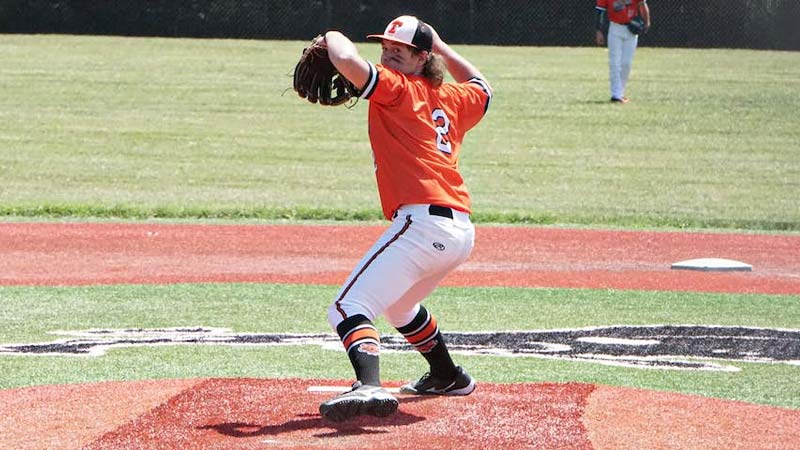
The pitcher begins each at-bat with a count of 0-0. As they deliver pitches, the count advances with each pitch, indicating the number of balls and strikes. A count of “3-0” means the batter has three balls and no strikes.
Four Balls
If the pitcher throws four pitches that the batter does not swing at and they are not strikes, it results in a “four-ball walk.”
This means the batter is awarded first base, and all runners on base (if any) advance one base as well. The batter becomes a baserunner without the need for a hit.
Scoring the Walk
When a batter walks, it is recorded in the official scorebook, and the pitcher is charged with issuing a walk. This statistic is often referred to as “BB” for “base on balls.”
Pitch Control
Control and accuracy are crucial for pitchers to avoid issuing walks. Walks can be detrimental to a pitcher’s performance, as they allow the opposing team to advance baserunners without making a hit.
Strategic Element
Sometimes, a pitcher may intentionally issue a walk to a batter, particularly if they believe that walking the current batter is a better option than allowing them to hit the ball.
This strategy is often referred to as an “intentional walk.”
Free Pass
A walk is sometimes called a “free pass” because the batter is allowed to reach base without putting the ball in play.
Impact on Pitch Count
Walks can increase a pitcher’s pitch count, and high pitch counts can lead to early exits from the game due to fatigue or pitch count limits.
Runners’ Advancement
When a batter walks, any runners already on base are also allowed to advance. For example, if there is a runner on first base and the batter walks, the runner on first base moves to second base, and the batter takes first base.
In baseball, a “walk” occurs when a batter receives four balls, which are pitches that are not in the strike zone.
This results in the batter being awarded first base and any existing baserunners advancing one base. Walks can have strategic implications and can impact the outcome of the game.
Why Do Pitchers Get 4 Balls in Baseball?
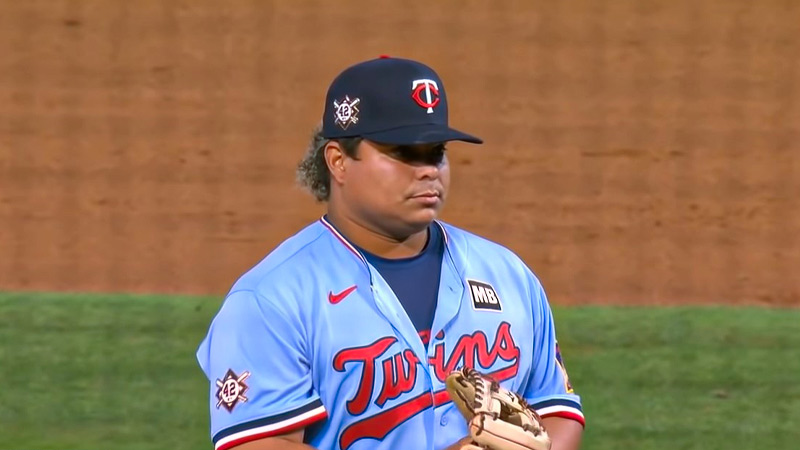
In baseball, pitchers throw a series of pitches to batters, and among these pitches, there is a rule that dictates that a batter will be awarded first base after the pitcher throws four balls.
This rule is in place to add fairness to the game and ensure that batters have a chance to reach base even if they are not getting opportunities to hit the ball.
Here are the primary reasons why pitchers throw four balls in baseball:
Fair Competition
The rule ensures that batters have a fair chance to reach base and participate in the game.
Without this rule, pitchers could simply throw strikes every time, making it nearly impossible for batters to get on base, leading to uncompetitive and unexciting games.
Offensive Opportunities
By allowing batters to be awarded first base after four balls, keeps the game balanced and provides opportunities for offense.
Baseball is designed to be a contest between pitchers and batters, and this rule helps maintain that balance.
Encourages Pitching Control
It encourages pitchers to develop control and accuracy in their pitches. A key aspect of a pitcher’s skill is to be able to throw strikes consistently, but they must also be able to control the ball to avoid issuing walks.
Strategic Element
The threat of issuing a walk adds a strategic element to the game. Both pitchers and batters must consider the pitch count and the possibility of a walk when deciding how to approach an at-bat.
Pitchers may intentionally walk a batter if they believe it’s the best strategic choice in a particular situation.
Reduces Stalling
Without the four-ball rule, pitchers might be tempted to stall or delay the game by throwing only strikes and never allowing a batter to reach base. The rule ensures that the game continues to progress at a reasonable pace.
The rule of awarding first base after a batter receives four balls in baseball is fundamental to maintaining fairness and competitiveness in the game.
It encourages pitching control, provides offensive opportunities, and adds strategic depth to the sport.
Why Is It 4 Balls And 3 Strikes?
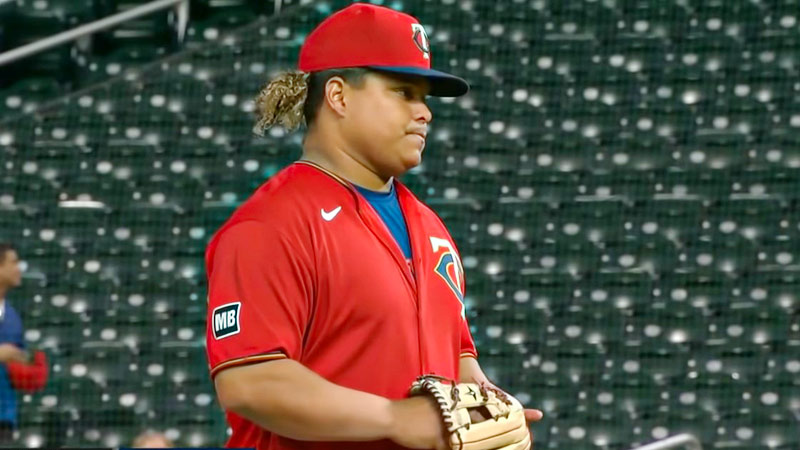
To get a proper idea of a pitcher’s 4 balls, you should learn why 4 balls and 3 strikes.
The tradition of using four balls to award a batter first base and three strikes to record an out in baseball has deep historical and practical reasons.
While the specific numbers may seem arbitrary, they have become integral to the fabric of the game.
Here’s why it’s four balls and three strikes in baseball:
Historical Evolution
Baseball’s rules have evolved over time, and the game’s early history saw various versions with different numbers of balls and strikes.
The current four-balls and three-strikes system emerged as a result of experimentation and consensus among the early baseball community.
Balance of Power
The combination of four balls and three strikes strikes a balance between offense and defense.
Allowing a batter to reach base after four balls gives the offense a chance to advance, while three strikes create a challenge for batters and reward the pitcher’s skill and accuracy.
Tradition
Baseball is a sport steeped in tradition, and the four balls and three strikes rule has been in place for over a century. This tradition contributes to the game’s unique character and its connection to its historical roots.
Simplicity and Clarity
Having a standard and consistent set of rules helps make the game easy to understand for players and fans.
The simplicity of “four balls equals a walk, and three strikes equal an out” is an important aspect of the game’s appeal.
Baseball’s Unique Pace
Baseball is known for its leisurely pace, which allows for strategy, contemplation, and conversation among fans.
The four-balls and three-strikes system aligns with this pace, making the game more enjoyable for many.
Strategy and Skill
The system of four balls and three strikes adds strategy and skill to the game. Batters need to be selective and patient, while pitchers must demonstrate control and the ability to deceive batters with different pitches.
Consistency Across Levels
The four-ball, three-strike system is consistent across various levels of baseball, from Little League to Major League Baseball.
This uniformity simplifies the game’s rules and allows players to transition seamlessly from one level to another.
The use of four balls to award a batter first base and three strikes to record an out in baseball is a product of historical evolution, the need for balance between offense and defense, tradition, simplicity, and the unique characteristics of the sport.
These numbers have become deeply ingrained in the culture of baseball and continue to define the rules of the game.
How Many Balls Can a Pitcher Throw?
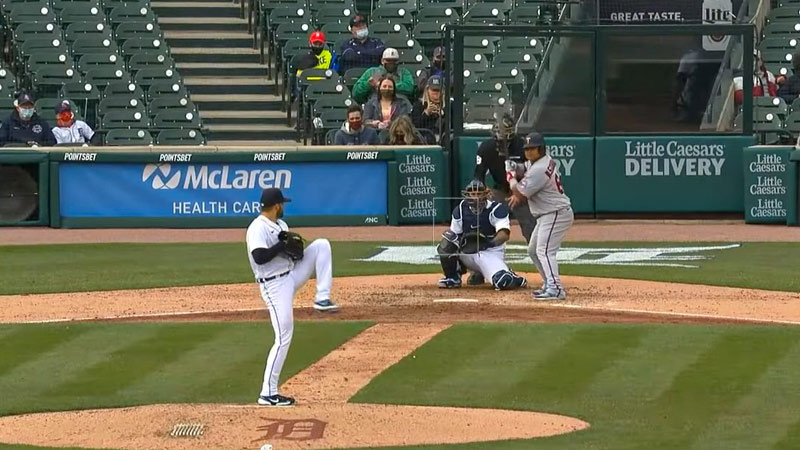
In baseball, there is no specific limit on the number of balls a pitcher can throw in a single plate appearance (an at-bat). A pitcher can continue to throw pitches until one of the following events occurs:
- The batter reaches base: If a pitcher throws four balls (pitches outside the strike zone), the batter is awarded first base with a walk.
- The batter hits the ball into fair territory: If the batter swings and hits the ball into fair territory, the count is reset, and the outcome of the at-bat is determined based on the play made by the defense.
- The batter strikes out: If the pitcher throws three strikes (pitches within the strike zone) and the batter does not make contact, the batter is called out, and the at-bat ends.
- The batter is hit by a pitch: If the pitcher throws a pitch that hits the batter, the batter is awarded first base.
- The batter interferes with the catcher’s attempt to catch a third strike: If the batter swings at a pitch and interferes with the catcher’s ability to catch the ball on a third strike, the batter may be called out, and the at-bat ends.
It’s important to note that while there is no specific limit on the number of pitches in an at-bat, pitchers are expected to work efficiently, and excessive pitches may lead to fatigue, reduced effectiveness, or early removal from the game.
In cases where a pitcher is consistently struggling to find the strike zone, they may be replaced by a relief pitcher.
Additionally, high pitch counts can be a factor in a pitcher’s workload management and may influence decisions about their usage in future games.
Historical Perspective of Baseball 4 Ball Rules
The historical perspective of the four-ball rule in baseball goes back to the early days of the sport and has evolved over time. Here’s a brief historical overview:
Early Baseball Rules
Baseball’s rules were not standardized in the early 19th century, and various versions of the game were played.
Many early variations had different numbers of balls and strikes required for an out or a walk. It was a period of experimentation and local variations.
Knickerbocker Rules
In 1845, the Knickerbocker Base Ball Club in New York adopted a set of rules that helped shape modern baseball.
They established bases 90 feet apart, introduced the three-strike rule for batters, and the concept of bases loaded with three men.
Alexander Cartwright
Alexander Cartwright, a member of the Knickerbocker Base Ball Club, is often credited with codifying some of the fundamental rules of baseball in 1845.
His rules included the concept of four balls for a walk and three strikes for an out, among other innovations.
The Knickerbocker Rules Spreading
The Knickerbocker Rules gained popularity and were adopted by other baseball clubs. These rules contributed to the standardization of baseball’s playing field and regulations.
Evolution of Modern Baseball
Over time, these rules continued to evolve and be refined. The National Association of Base Ball Players (NABBP) was formed in 1857 and worked to standardize the rules further.
By the late 19th century, the modern rules of baseball were more firmly established.
Rule Changes
While the core principles of four balls for a walk and three strikes for an out have remained consistent, other rules surrounding baseball, such as pitching distance, mound height, and the definition of a strike zone, have seen adjustments over the years.
Modern Era
In the modern era of baseball, the four-ball, three-strike rule remains a fundamental part of the game.
It has contributed to the balance between offense and defense and has been a key element of the sport’s tradition and strategy.
The four-ball rule in baseball has its origins in the early Knickerbocker Rules of the mid-19th century, with Alexander Cartwright playing a significant role in codifying these rules.
Over time, these rules became standardized and evolved into the modern baseball regulations we know today, contributing to the sport’s unique character and appeal.
FAQs
How many balls does a pitcher get?
A pitcher gets four balls in baseball. When a batter accumulates four balls, they are awarded a walk, allowing them to advance to first base.
How many balls in baseball?
In baseball, a pitcher delivers the ball to the batter, and there are four balls in a standard at-bat. If a batter receives four balls, they are granted a walk.
Why are there 4 balls and 3 strikes?
The baseball rule of “4 balls and 3 strikes” is a fundamental part of the game’s rules. Four balls lead to a walk, and three strikes result in a strikeout, making it a balanced and challenging contest between pitcher and batter.
How many strikes in baseball?
In baseball, there are three strikes in a standard at-bat. If a batter accumulates three strikes, they are called out, and the pitcher gains an advantage.
Do pitchers bat in MLB?
In Major League Baseball (MLB), pitchers typically do bat.
However, in the American League, designated hitters (DHs) often replace the pitcher in the batting lineup, while in the National League, pitchers typically bat for themselves.
Wrapping Up
The four-ball rule in baseball, requiring pitchers to throw four balls to award a batter first base, is a testament to the rich history and tradition of the sport.
This rule, which emerged from experimentation and evolution in the early days of baseball, strikes a delicate balance between offense and defense.
It keeps the game competitive and fair, ensuring that both batters and pitchers play pivotal roles in each game. Additionally, the rule adds a layer of strategic depth, as pitchers must maintain control and batters must exercise patience.
The tradition of four balls and three strikes is a vital part of what makes baseball unique and enduring. It embodies the essence of baseball’s slow-paced charm and the intricate strategy that has captivated fans for generations.

